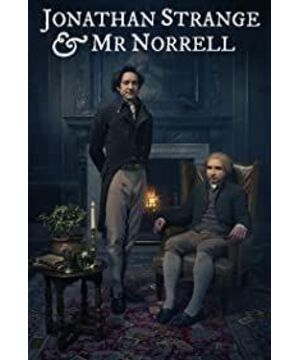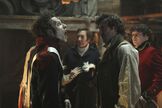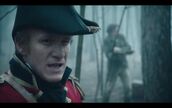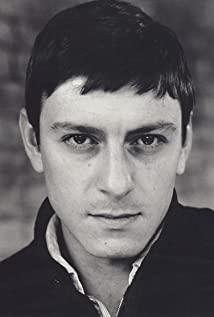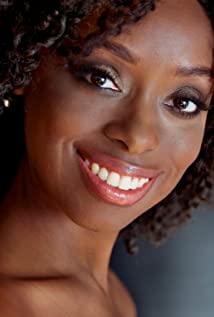First, when Childerass scrys Vinculus, the card order is reversed. The first card drawn by Childermass in the original book is The Hermit, which represents Mr. Norrel's current influence on Vinculus. The second card in the novel should be a fool's card without a number. The original text says that Childdermass doesn't seem to know how to interpret this card and starts to turn the third and fourth cards. The three or four are Justice and the Two of Wands. He believed that justice was weighing on behalf of Vinculus and made a decision. The Two of Wands in the Marseille Tarot are like intersecting paths, so the conclusion is that Vinculus weighed the decision to set off, to wander. The next card is the Servant of the Holy Grail, which symbolizes that Vinculus is going to deliver the message. In the book, the servant in the book is full of handwriting that seeps from the back of the paper because Childdermass' homemade tarot is too simple, and the purpose is more clear. The next Knight of Wands symbolizes the appearance of Strange. The next one is Jian Er, meeting. The hanging man, Childermass' interpretation is a symbol of disaster and ominous, in fact, it is basically correct, that is, in the end, Vinculus was hanged by the elves. The final card book clearly stated that it was the world card, symbolizing the completion of his final mission.
The adaptations in the play include the sequence of Fools' Card, Justice, and the Second of Wands becoming Justice, the Second of Wands, and the Fool. Childermass no longer hesitated, and made it clear that the fool meant the other was going to wander around. The sword two in the middle was replaced by the Holy Grail One, which was once explained by Childdermass as a "hidden secret" in the book. The substitution here is unclear. The final world card was replaced with... it appears to be a star six (to avoid nudity? = =). But Childerass made the same interpretation.
The card array drawn by Vinculus to peek into Childerass's fate was simply omitted. After all, TV drama resources are limited, and the plot should be more focused on the protagonist. But a little sorry. The deck was commented by Childerass as showing his life, but Vinculus couldn't read it. He rated Vinculus as gifted without knowledge. So I can use Tarot but I can't understand the prophecy. The contents of this deck are: Moon, Tower Reverse, Sword Nine, Scepter Servant, Wand Ten Reverse, Female Pope, Wheel, Coin Two, Holy Grail King. As for Childerass's life experience, the author's expression is vague, but she must have detailed settings in her heart. This is more like a puzzle left by the author to the readers... Those who want to decipher can find some guesses from European and American readers, such as here: http://chaos-of-ravens.ueuo.com/tarotreading.htmlThe
last card The array was used by Vinculus to predict Norrell's fate. Vinculus said the result is symbolic of his past, present and future. The card shows the return of the Raven King. In the original text, the king of swords in this divination, that is, the symbol of Raven King, will appear in the image of a young man, and change one by one, more and more like Raven King himself crouching in front of a huge raven. In the play, the picture saves the trouble and has not changed much = =
——————————————————————————————
It is worth mentioning that this set of Tarot is not The Marseille Tarot, which is now common, has many subtle changes in the pattern. It is also different from the description of the cards in the book. According to the original plot, when Childerass painted it, he borrowed this set of original cards and painted it himself. Because the other party was in a hurry to go back and there was not enough time, he made up half of it from memory.
View more about Jonathan Strange & Mr Norrell reviews


